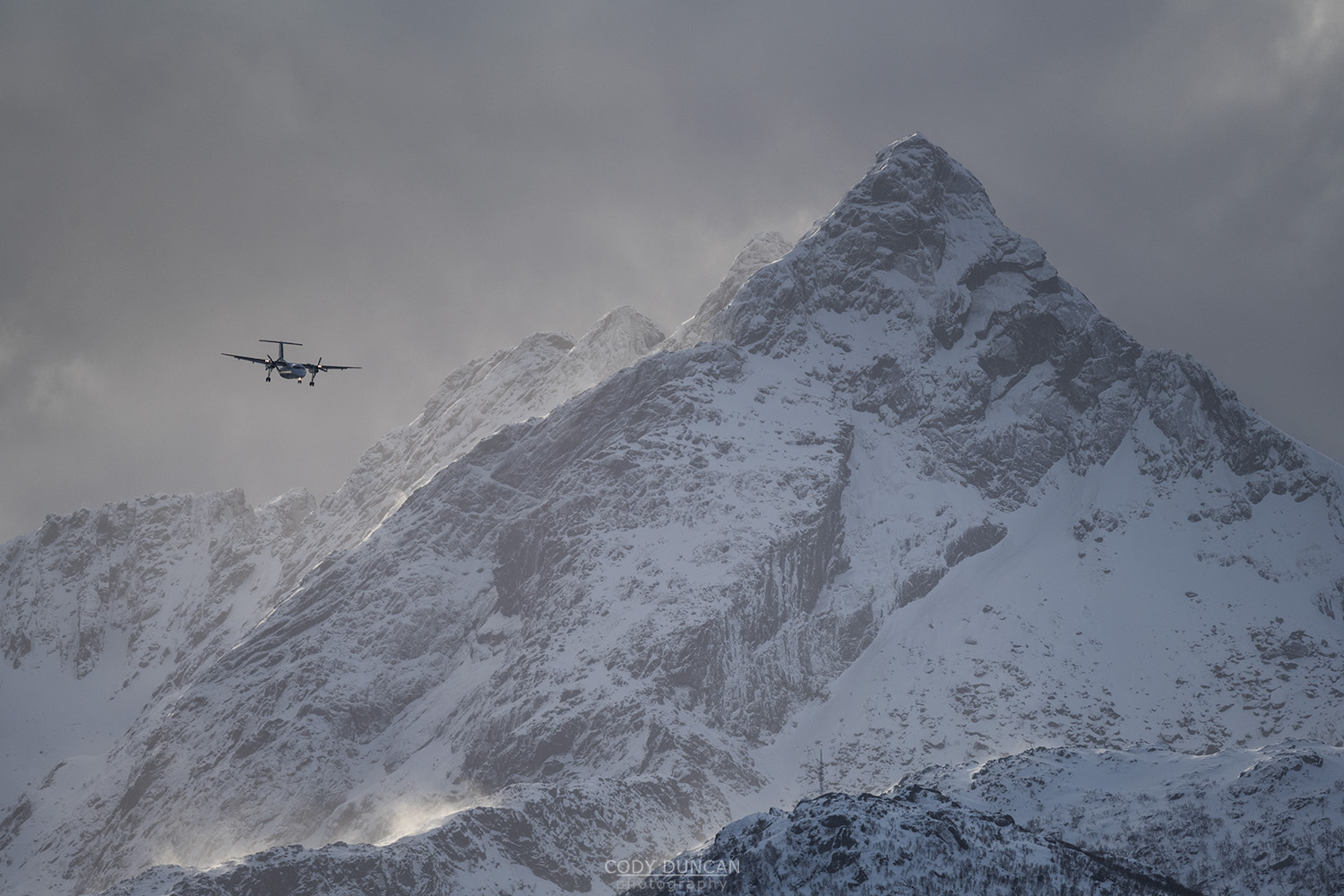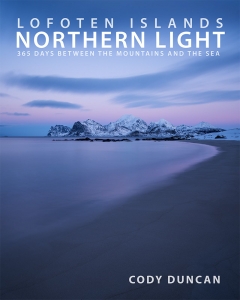Friday Photo #581 – Rorbu in winter

Photo: Red cabins of Eliassen Rorbu on snow covered rocky shoreline of Hamnøy with Olstind in the background, Lofoten Islands, Norway. February 25, 2023. 17:07
Cold grey clouds fill the sky over Reinefjord and the mountains of Moskenesøy. A very typical winter day on Lofoten. No color, no dramatic light, just the blue and grey tones of the flat winter light and an almost black and white snow covered landscape.
These colourful red rorbu cabins on Hamnøy are perhaps the most photographed in all of Lofoten – usually from the bridge which is just off to my left. With a layer of fresh snow covering the rocky shoreline, I like this composition as well as I feel it better simplifies the balance of the cabins and mountains – particularly in this flat light.
Many initially think the cabins were painted red to brighten up the look of the villages in winter. This is not the case. The real reason is much simpler: red paint was the cheapest. And so the rorbu cabins for the fishermen and the barns for the farmers are painted red. In contrast, in the traditional fishing harbors of west Lofoten, you will often see a large white house on the top of any hill above the harbor – this was for the family which owned the village/harbor in the old days. The rorbu cabins would be rented by fishermen during the winter fishing season.
There aren’t as many fishermen anymore, and many live full time on Lofoten anyhow. So now these cabins are for tourists. Several of my groups each winter stay in these exact cabins – so it’s not bad to walk out the front door and have some nice pictures available within a minute of walking.
Camera Info:
Nikon z7 II
Nikon 24-120mm f/4
37mm
ISO 31
f 9
60 Seconds
WB Daylight
6 stop ND filter





